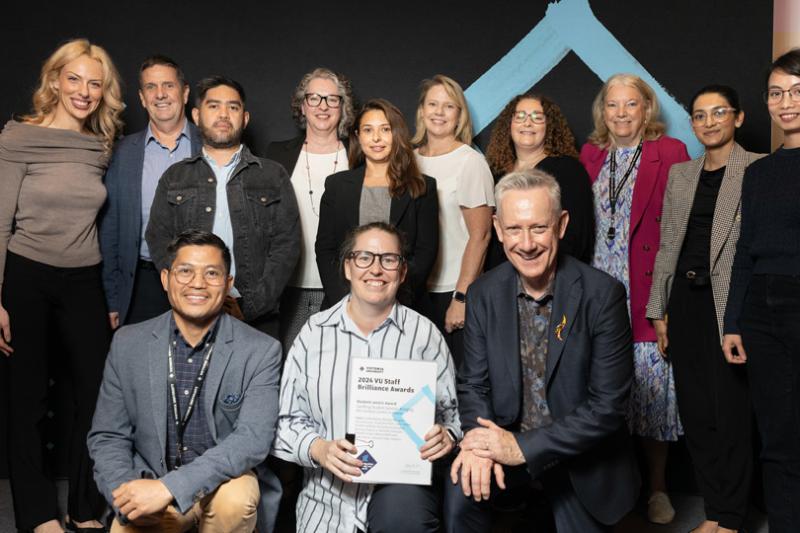Health experts call for a ban on Uber drink deliveries

Sixty of Australia’s leading health policy experts are calling for Australia to ban home deliveries of alcohol after 10pm.
The Australian Health Policy Collaboration’s (AHPC) new policy recommendation comes after the latest data show an 8% jump in alcohol-related deaths during 2020 as much of the Australian population lived in lockdown. For females, the rate is equal to the highest observed during the past ten years, a 12% increase.
Professor Rosemary Calder from Victoria University’s Mitchell Institute and AHPC lead said a ban on late night home delivery of alcohol was needed to not only save lives but to cut the rising rates of chronic illness linked to risky drinking.
"We have seen a big jump in both men and women dying from an alcohol-induced illness such as poisoning or liver disease; however, even relatively limited alcohol consumption is associated with an increased risk of many chronic illnesses, including breast and other cancers, heart disease, stroke, dementia, depression and anxiety,” Professor Calder said.
Around 5500 people die each year of an illness caused by risky alcohol consumption, accounting for about a fifth of preventable deaths in Australia. About 157,000 hospital admissions (PDF, 1.33 MB) are attributed to alcohol consumption and alcohol-related harm costs the economy more than $14 billion per annum (PDF).
Professor Calder said the opening of borders provided many people with their first chance to socialise with friends and family and, combined with Christmas and New Year, could provide a potent cocktail for excessive alcohol consumption.
“It doesn’t take much to be drinking at risky levels. National health guidelines recommend no more than 10 standard drinks per week and no more than four drinks in one day to prevent health problems related to drinking.”
Professor Calder said governments needed to do more to reduce the rate of risking drinking in Australia.
“We have seen with COVID-19 what can be achieved in reducing a health risk if governments make it a priority. Fortunately, reducing alcohol consumption and related illness requires much less dramatic interventions.”
The latest Australian Bureau of Statistics data shows almost all types of preventable deaths declined in the COVID lockdown year of 2020, with the exception of alcohol-induced deaths.
The Australian Health Policy Collaboration, led by the Mitchell Institute, recommends extending the volumetric excise, which applies to spirits and beer, to exempted alcohol including wine, cider and other fruit-based alcohol products, and to increase the tax by 10%. The policy would not only simplify the complex alcohol tax system, but would reduce the volume of alcohol consumed.
Deakin University modelling shows that a volumetric tax would reduce alcohol consumption by 16% and, due to the high calories in alcohol, would also reduce obesity.
Their research shows that it would lead to 190,000 fewer cases of diabetes, 16,000 fewer cancers and would deliver an extra 470,000 healthy life years. The healthcare savings to the economy would therefore far outweigh any cost of the change.
It is also recommending restricted late night supply and concentrated supply of alcohol by preventing alcohol sales after 3am and restricting alcohol home delivery to between 10am and 10pm.
Risky alcohol consumption is responsible for 4.6% of Australia’s burden of disease including: 12.8% of breast cancers, 4.3% of bowel cancers, 6% of cardiovascular disease, 6.4% of liver disease and 34% of injuries. Globally, it contributes to an estimated 33% of the mental illness disease burden and 22% of suicide deaths.
One in two Australians is currently living with a chronic illness such as cancer, heart disease or dementia. About a third of that could be prevented by reducing smoking, high body mass, alcohol use and high blood pressure, and increasing physical activity.
Australia’s Health Tracker shows, the average risky drinking rate was heading downward pre-pandemic, with 17.1% of Australians over the age of 14 drinking at risky levels.
We were on track to reach the 2025 target of 16.1%, set by the Australian Health Policy Collaboration – a group of 70 leading health organisations and experts.
However, it is unclear what took place during COVID-19 lockdowns. Bottle shops saw their sales soar as people drank at home while restaurants and bars have been closed for much of the past two years in parts of Victoria and NSW.



